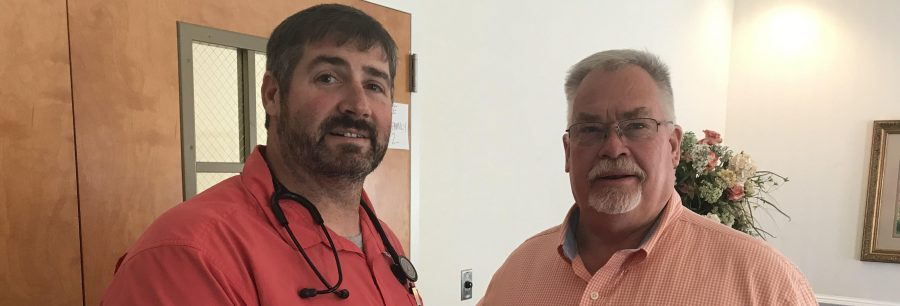Category: Advocacy
-

Senate Committee Keeps MMRC Funding in Reduced 2021 Budget
The Alabama Senate General Fund Committee met and approved a stripped-down 2021 budget that includes funding for the Maternal Mortality Review Committee. MMRC has been a Medical Association priority this session, and we applaud the chairman and committee for funding this much-needed program. Just a few months ago, state leaders were optimistic the general fund…
-

Legislators: Just Apply Heat
Through years of medical school, residency and fellowships, physicians earn not only more knowledge and expertise than any other health professional, they also earn the right and responsibility of leading the health team. It is through physician-led care that we ensure continued quality and safety for patients. But each year, “scope creep” proposals seek to…
-

New Maternal Mortality Statistics Highlight the Need for Alabama to Take Action
Largely due to the slow implementation of a standardized death certificate by states, data on maternal deaths has not been reported on the National Vital Statistics System since 2007. Meaning that, for over a decade, the United States has not recorded an official count of pregnancy-related fatalities, nor an official maternal mortality rate. This year,…
-

Medical Association Convenes “Treatment Hurdles” Work Group
Earlier this week, the Medical Association convened a work group of stakeholders to discuss hurdles and or delays that patients and their physicians face in accessing the tests, treatments and medications the treating physician believes are appropriate. Patient advocacy groups, many of them disease-specific, joined the Association and others in discussing the hurdles patients face…
-

Medical Association and Specialties Begin Work on 2020 Legislative Agenda
Earlier this month, the Medical Association hosted a legislative roundtable with leaders from the various physician specialties. The event included a discussion of the prior legislative session and our past priorities, as well as an open forum for specialty delegates to discuss items and issues important to their physicians. Each legislative session presents new and…
-

ALAPAC-Supported Van Smith Wins Special Election
On Tuesday, Autauga County Commissioner Van Smith won the special election to fill the vacancy in Alabama House District 42 with 88% of the vote. ALAPAC has supported Van since the Primary, with a key reason being the advocacy of area physicians who have known and worked with Mr. Smith for years and who spoke…
-

Doctors Unite in Support of Physician Office Exemption
We called and you answered! Thank you to all the physicians who answered the urgent call-to-action and quickly signed on to the Medical Association letter (more than 600 doctors to date!) challenging the Alabama Hospital Association (ALAHA) and its member facilities’ contentions about the appropriateness of the physician office exemption (POE) from CON review. As you know,…
-

Letter to Congress: Don’t Give Health Plans Too Much Power
The American Medical Association wrote two letters to Congress to shed light on how physicians feel about the current debate in Washington over surprise billing. We, along with 109 other state medical societies and national specialty societies, co-signed this letter to support the AMA’s efforts. The letters advocate for independent dispute resolution (IDR), a process…
-

Medical Association Opposes Scope of Practice Expansion Executive Order
President Trump issued an executive order on October 3, 2019 as an alternative to “Medicare for All”. Initially, the order was titled “Protecting Medicare From Socialist Destruction” but was changed to “Protecting and Improving Medicare for Our Nation’s Seniors.” The executive order does include some items that the Medical Association of the State of Alabama…